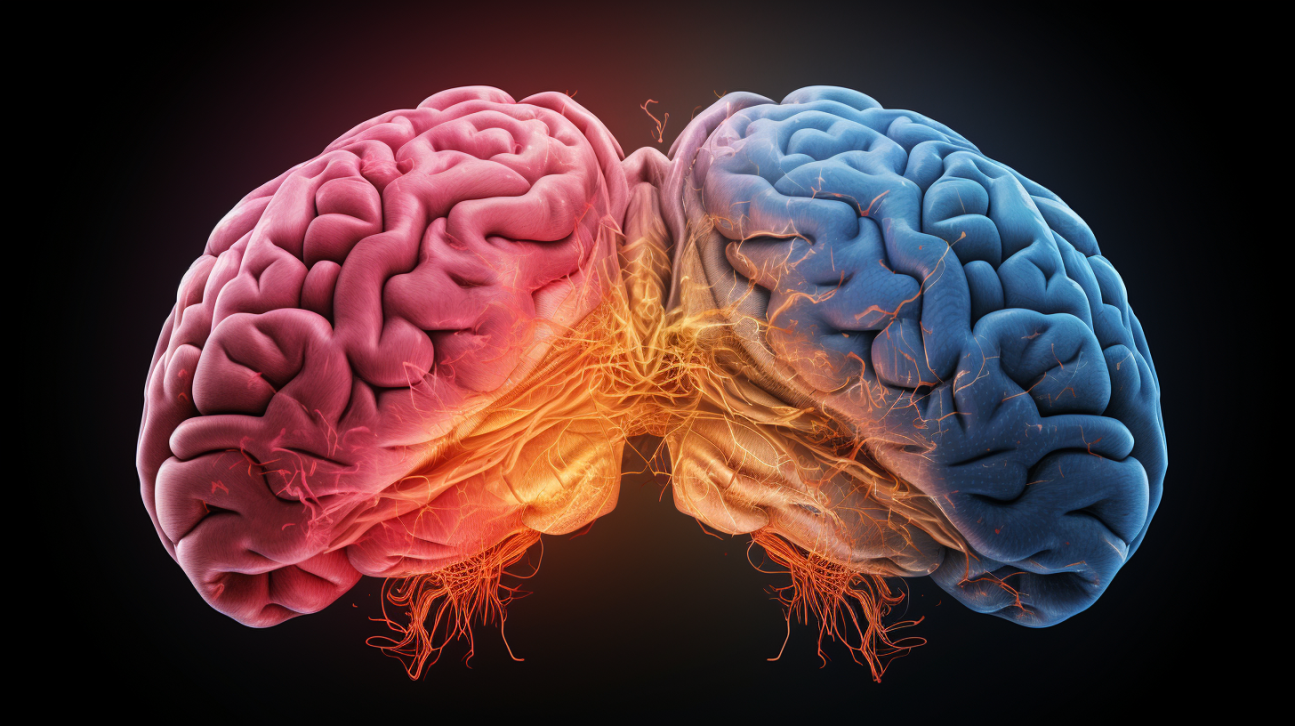The corpus callosum is the thick band of nerve fibers that connects the left and right hemispheres of the brain, acting like a superhighway to allow communication between the two sides.
Given its role in integrating information, researchers have long speculated that the size and structure of the corpus callosum may be linked to intellectual ability.
However, new research suggests this relationship is more complex than previously thought.
Key Facts:
- The corpus callosum is the major nerve fiber bundle connecting the left and right brain hemispheres.
- Prior studies found links between corpus callosum size and intelligence, but mostly in adults. Studies in youth found conflicting results.
- This large new study in children and adolescents found no direct link between corpus callosum thickness and intelligence test scores when accounting for age.
- Corpus callosum size and intelligence test scores increase together as kids grow up, but this may simply reflect simultaneous brain development.
Source: Brain Struct Funct.
Corpus Callosum: Connecting the Brain’s Hemispheres
The left and right hemispheres of the brain have different specializations.
Broadly, the left hemisphere is more involved with logic, language, and analysis, while the right hemisphere handles creativity, intuition, and synthesizing ideas.
To integrate these different functions, the corpus callosum provides a key information highway, allowing coordination between hemispheres.
Given the corpus callosum’s role in communication, researchers have hypothesized that its size and structural properties may relate to intellectual abilities.
The logic is that better connections between hemispheres allows for fuller integration of functions, supporting higher intelligence.
Studies relating corpus callosum size to IQ scores have had mixed results, with clearer links found in adults than kids.
However, new research led by René Westerhausen of the University of Oslo suggests the story is not so simple.
In their large developmental study published in Brain Structure and Function, Westerhausen’s team found no direct relationship between corpus callosum thickness and intelligence test performance in children and adolescents once age was factored in.
Link Between Corpus Callosum & IQ Gets Cloudy in Kids
Prior studies comparing corpus callosum structure to IQ have generally found positive correlations in adults.
That is, adults with higher IQ tend to have larger or thicker corpus callosums connecting their brain hemispheres.
However, studies in children and adolescents have been mixed, with some finding no correlation and others finding negative correlations between corpus callosum size and IQ.
Westerhausen’s team hypothesized this may stem from how IQ was assessed in these developmental studies.
Specifically, most used an age-adjusted “deviation IQ” rather than raw scores.
Deviation IQ rescales raw scores based on age-specific norms, obscuring the large ongoing increases in raw cognitive ability occurring in childhood.
In this new study, the researchers analyzed data from 495 kids and adolescents aged 6-21 years.
They related raw verbal and nonverbal reasoning scores to high-resolution MRI measures of corpus callosum thickness across 60 segments.
Initially, higher raw intelligence scores were associated with greater corpus callosum thickness, particularly in the posterior half.
However, when age was added to the analysis, this relationship disappeared entirely.
Apparent Link to Intelligence Due to Co-Development

The findings suggest the association between corpus callosum structure and intelligence test performance is transitory in youth.
Rather, corpus callosum thickness and raw cognitive scores increase in parallel as children grow and their brains develop.
Teasing apart age-related changes clarified there is no direct structure-function link.
“We did not find any association that cannot be explained by a temporal co-occurrence of overall developmental trends in intellectual development and structural callosal increase,” the researchers wrote.
Westerhausen’s team argues that because corpus callosum size and intelligence naturally increase together through childhood, previous developmental studies relating deviation IQ to raw corpus callosum measures may have been misled.
By accounting for ongoing brain development, the current study indicates corpus callosum thickness does not substantially contribute to IQ in kids and teens.
No Link in Split-Brain Patients
The findings align with studies of split-brain patients, whose corpus callosum has been surgically severed to treat epilepsy.
These patients show remarkably intact IQ after surgery to disconnect their brain hemispheres.
Still, Westerhausen’s team says their developmental findings do not completely rule out a structure-function link between corpus callosum and intelligence.
The relationship may simply be more complex than previously assumed.
Moving forward, the researchers want to explore whether microstructural properties like connectivity quality show clearer associations, and whether findings extend into adulthood as callosal development continues into the 20s.
For now, the alleged intelligence benefits of having a “well-connected” corpus callosum seem overstated, at least when it comes to size alone.
Though crucial for hemispheric coordination, this brain structure’s growth may not directly shape raw cognitive skills.
The corpus callosum’s role in more nuanced aspects of cognition – like speed of information transfer between hemispheres – also remains to be clarified.
This mighty bundle may yet reveal subtler ties to mental abilities.
References
- Study: The corpus callosum as anatomical marker of intelligence? A critical examination in a large-scale developmental study
- Authors: Rene Westerhausen et al. (2018)







